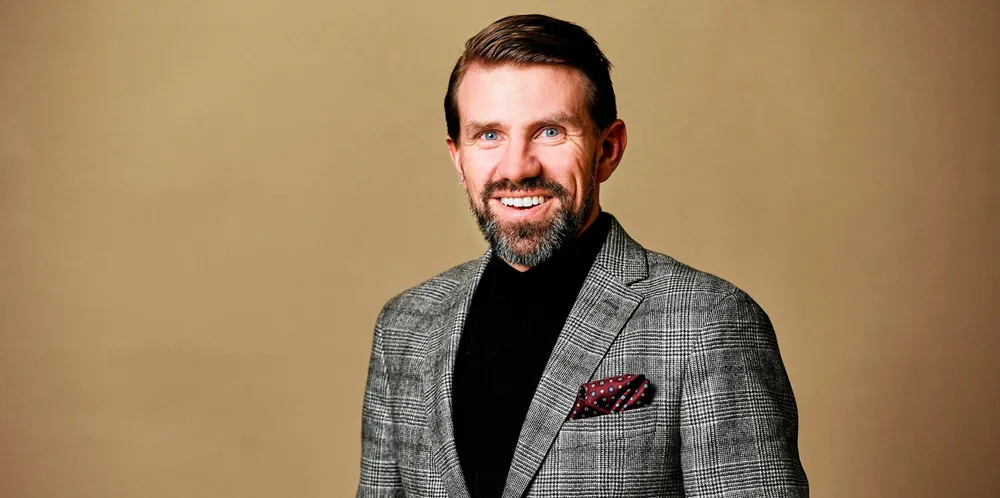OX2 CEO: lack of costly offshore wind seabed auctions in Sweden and Finland 'very beneficial'
Nordic developer expects decision on further final central government permits for more gigascale Baltic Sea projects in Nordic countries this year and next, Paul Stormoen tells Recharge

The absence of “costly auctions” for seabed leases in Sweden and Finland is “very beneficial” for developers, OX2 CEO Paul Stormoen said as the Nordic developer is hopeful to win further final permits for offshore wind projects in both Nordic countries this year or next.
Unlike most other countries, the Swedish central government does not hold seabed lease auctions or tenders for support in offshore wind. It instead allocates acreage at sea according to a kind of first-come-first-serve principle, once developers have passed environmental zoning and received a recommendation at a regional level, as well as the Natura 2000 permit.
Finland operates a similar system for all projects in its exclusive economic zone, Stormoen said.
“The discrepancy between costs and income from offshore [is] a delicate issue that a lot of developers need to handle now, and governments need to acknowledge this if they want … a stable energy transition and new industrialisation,” Stormoen said.
“I think systems like you have in Sweden and Finland are very beneficial, where you don't have these very costly [seabed leasing] auctions that you see in other countries.”
OX2 and Ingka Investments want to spearhead offshore in Sweden, and “demonstrate that commercially viable projects can be built without subsidies, in partnership with Swedish industry,” he added.
That would be followed by applications next year for the 2 to 3GW Neptunus (off southern Sweden) and the 3.9GW Pleione (east of Gotland) projects, which so far are not included in the partnership with Ingka.
OX2 for the three Finnish projects has already secured an exploration permit and is currently working on environmental impact studies.
“The three projects will be ready for a [central government permitting] decision in 2024,” Stormoen revealed.
“You don't have that many alternatives if you want significant volumes to come online at the end of the 2020s and the beginning of 2030s,” the CEO said.
“Then you need to actively manage your offshore wind ambition as a country. There aren't that many alternatives,” Stormoen said, pointing to the recent “lengthy and costly process” of building a new nuclear reactor at Olkiluoto in Finland.
OX2 could imagine venturing into other offshore wind markets, particularly those surrounding the Baltic Sea of Kattegat, Stormoen said.
“Of course, it's natural for us to explore offshore opportunities in other markets, both where we’re active already in onshore [wind] and PV. But also in other markets,” he said, adding that Australia and North America also have potential.
“I think that's enough to keep us busy for the coming decade.”
(Copyright)